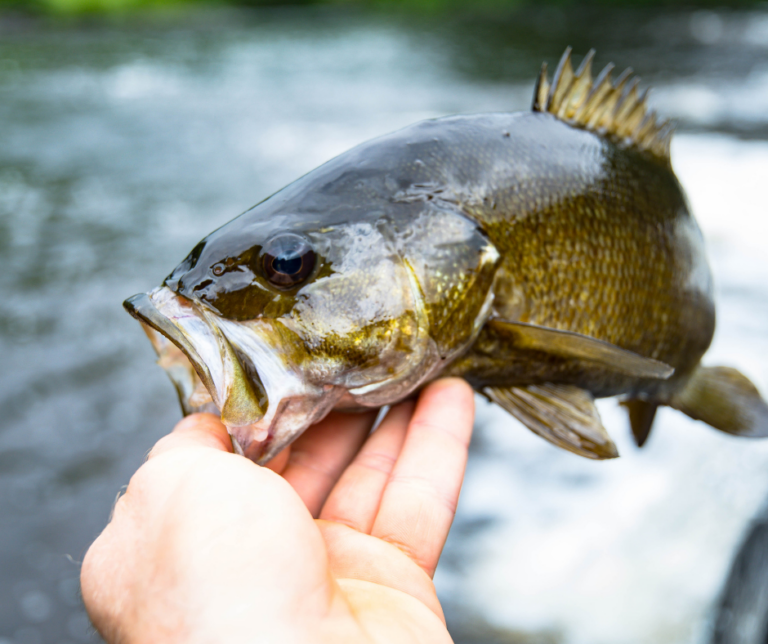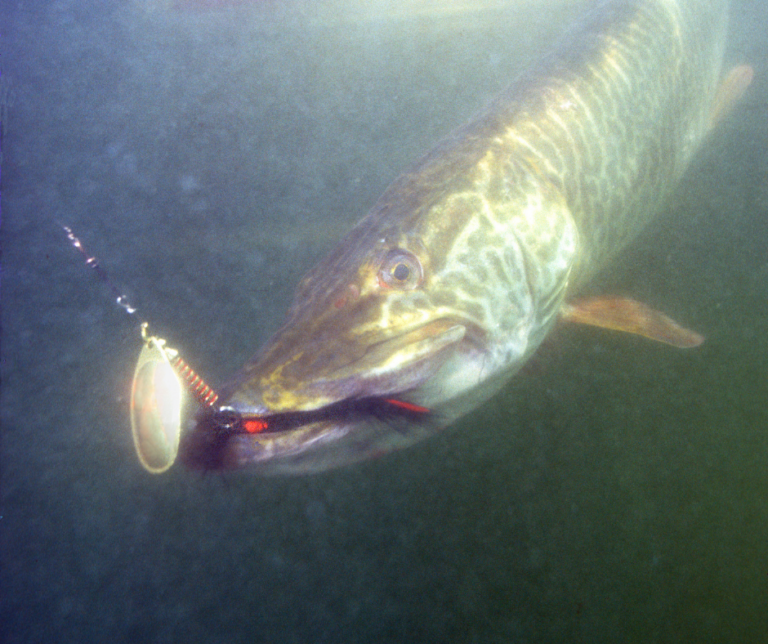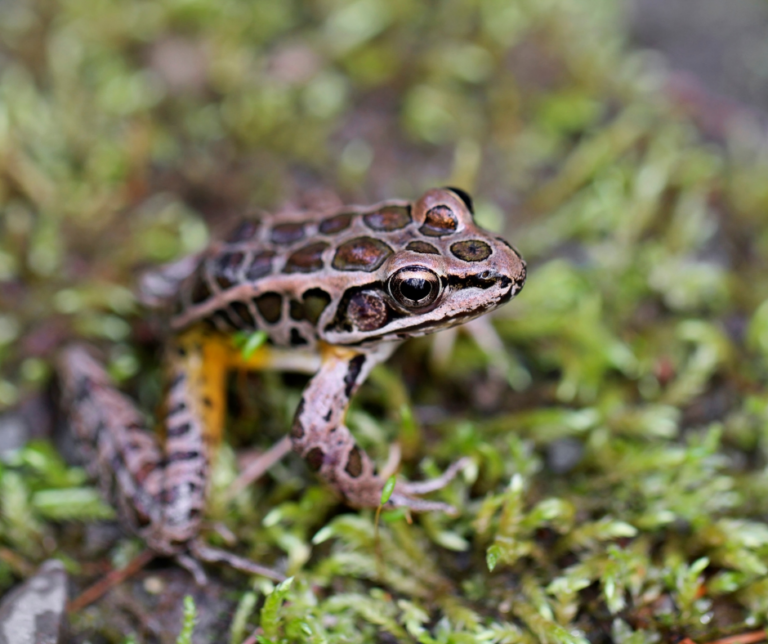How Often do You Change Betta Fish Water?
Are you wondering how often do you change your betta fish’s water? Here are some great guidelines to follow. When changing the water in your betta’s tank, it’s not just about the water. You must remember to wipe down the walls of the tank and remove all debris. This is important to keep the water clear and prevent algae from growing, as algae can harm the fish and deplete the oxygen in the tank. A siphon pump is a good tool to use to help with this process. Once you’ve removed all debris, refill the water tank with fresh water. Be sure to add a water conditioner if necessary.
Thank you for reading this post, don't forget to subscribe!The Size of the aquarium
The size of the tank matters. If you have a larger aquarium, you can change the water less frequently. You can change as much as twenty or thirty percent of the water once every two to three weeks. Smaller changes are better for your betta’s health because they contribute to a more stable water condition. If your betta can handle this, you can even skip it for a week or two. Just make sure that you give it a good meal before you replace the water. Sometimes after a fresh water change, your fish can be too stressed to eat for a while.
How often you change betta fish water will depend on a variety of factors. For instance, if your betta is in a small tank, you should change the water every other day, or every few days. If your betta is in a larger tank, you can make a larger water change every two or three weeks. In any of these cases, you should make sure to run a filter to maintain a balanced water condition.

The Percentage of water
A small water change of ten to twenty percent is ideal for a healthy betta. For a tank with a low amount of pollutants, you can skip one or two water changes. However, it’s best not to do a full water change. It can cause a lot of stress to the fish and cause them to live in uncomfortable conditions. If you cannot change the water frequently, you should keep your betta in a larger tank with a filter instead.
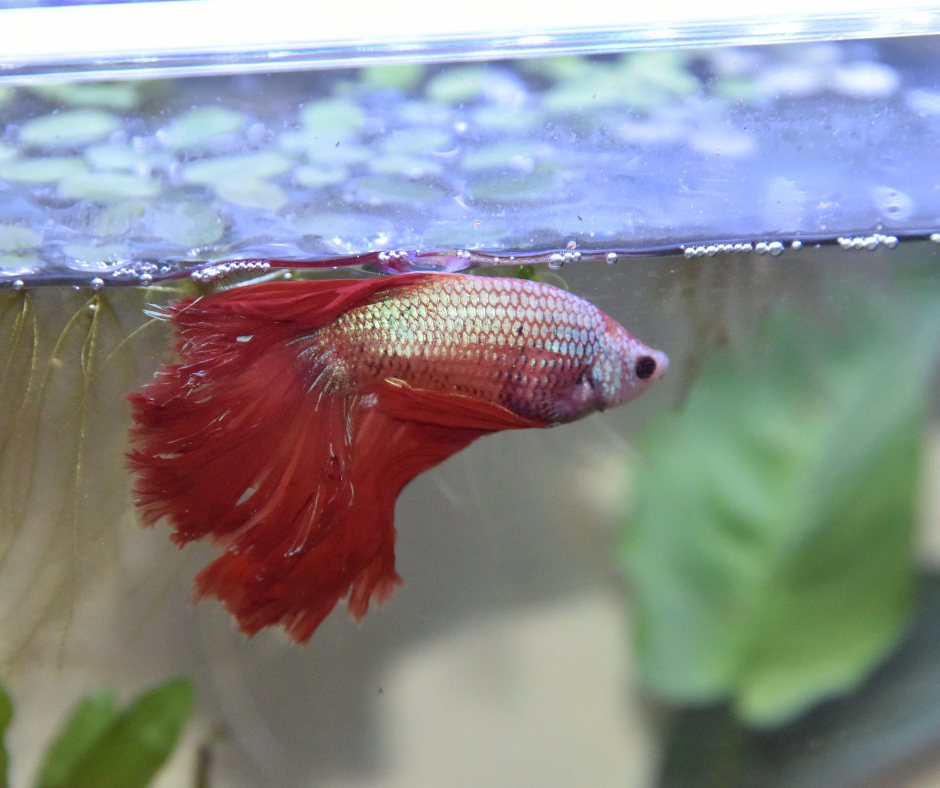
The ideal water change schedule for a betta is about 5 to 10 percent per week. Depending on the size of the pond, a one to three-gallon tank should be changed once every seven to ten days. If the tank is larger, two or three gallons, you should change the water about 50% more frequently. If you have a large betta, a full water-change is not recommended.
You should change water frequently to keep a healthy betta. A betta tank with a constant water level is best. A 50% water change is ideal. If the tank is large enough, a 50% weekly change will be fine. A larger bowl will require a larger change. This is a good rule of thumb, as it may be necessary to add more water for a filtration system.
A one-gallon bowl requires a full water change once a week. A five-gallon aquarium, on the other hand, requires a 25% water change once a month. If the tank is large enough, a ten-gallon aquarium will require a water change every other week. If your betta is sick, you should change the water more often.

If you’re not using a filter, you should change the water every two to three weeks. If you’re keeping bettas in a smaller bowl, the frequency of a water change should be less frequent, but you should still avoid nitrates and ammonia buildup. When it comes to changing the water, it is best to be careful about the amount of ammonia that you add. This is what affects the betta’s health.
Bettas need to have regular water changes in order to avoid dangerous ammonia and nitrate levels. It’s best to change the water in your betta’s tank at least once a week. It’s also important to keep in mind that a betta needs a minimum of two gallons of tank space. In a two-gallon tank, the fish’s water should be changed once a week.
What is a BetTa Fish?
The Siamese fighting fish, also known as a betta, is a popular pet that is native to Southeast Asia. These waters include Cambodia, Laos, Myanmar, Malaysia, Indonesia, Thailand, Vietnam, and the Philippines. While the species is popular all over the world, it is native to only a few Asian countries. In the United States, the betta is often found in the aquarium trade, primarily in the United Kingdom.
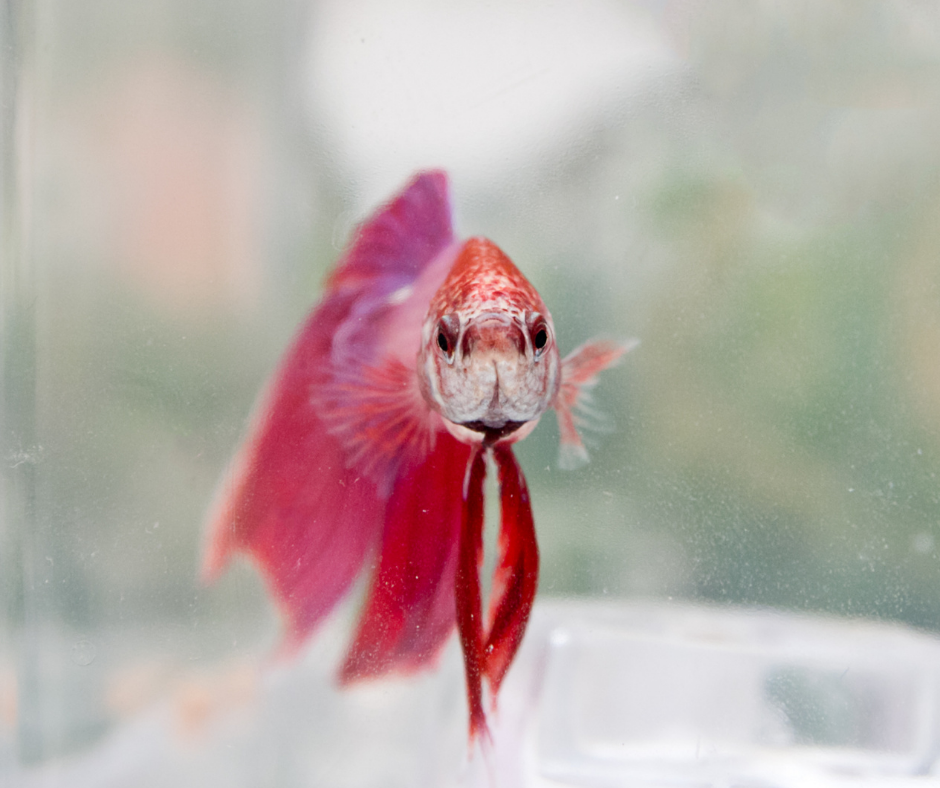
The betta fish has a distinctive personality. It is able to survive in harsh environments, and in many cases, thrive in these conditions. Because it has fewer natural predators and competitors, it has a relatively low incidence of disease. Male bettas are extremely territorial, and often attack other bettas to defend territory or to incubate their own eggs. It is not unusual for both sexes to compete with each other in the same tank.
The Male Betta

Male bettas are particularly opportunistic and will occasionally fight. When they are ready to breed, they will open their gills, spread their fins, and twist their bodies in a dance-like pattern. The female will chase the male away, eat his eggs, and then retreat. Its aggressive behavior may cause a woman to be frightened of a man, but it’s a common trait.
The betta has a distinct look, and the gills on its body are visible. They can be seen, and are important for respiration and oxygenation. The betta has a swim bladder that allows them to control their depth in the water. Overfeeding and poor care can result in swim bladder disease. The fish should be kept away from heat sources and other sources of extreme heat. The betta can be quite demanding, but once it gets acclimated to its new environment, it will live happily in the aquarium.
When a male betta wants to mate, he will often create a bubble nest on the surface of the water to attract the female. The female will eat the eggs, and the male will chase her away. In contrast, when a betta eats her eggs, she will try to eat the eggs. When this happens, the male will try to suck the egg instead of the female.
Bettas are highly social creatures. They can be very territorial, and male bettas can defend territory by throwing themselves into a female’s nest. They are usually very friendly and will often defend their territory. A betta will attack a male if it thinks he is in danger. If it has not been observed, the betta will flee. If a female tries to do so, it will not eat the eggs.
A betta’s male gills and fins are visible and used for respiration. The betta has a swim bladder and a sperm sac that controls its depth in water. Its natural habitat is shallow, so the betta will need a place to swim around. It is important to remember that a pond is not an ideal place for a betta, as it can become unstable.
Are Betta’s Aggressive?
While a betta is known as a peaceful fish, it is also aggressive, and male bettas will sometimes attack other bettas. They are not aggressive, but they can be. They do not like other fish in their tanks, so you should avoid these fish if you don’t want them to. They will be a little hostile towards other types of bettas. A betta will often chase other brightly colored fish until they get the opportunity to attack it.
Male bettas are notorious for their dramatic behavior. They make bubble nests and often chase females away from them, which makes them a desirable pet. In the wild, bettas are considered to be rare and are found only in a few locations in the world. The Siamese fighting fish is often mispronounced. When the bettas fight, it is very common to misspell its name.
Male bettas are highly territorial. They will fight to the death if they find a rival in the same aquarium. While the male betta will attack other bettas, the female betta will often defend its home with a bubble nest. This means that the male sex of a betta is more aggressive than the female. They will also try to mate with other bettas and other colorful animals in the tank.
Check out some of our other related posts here:



